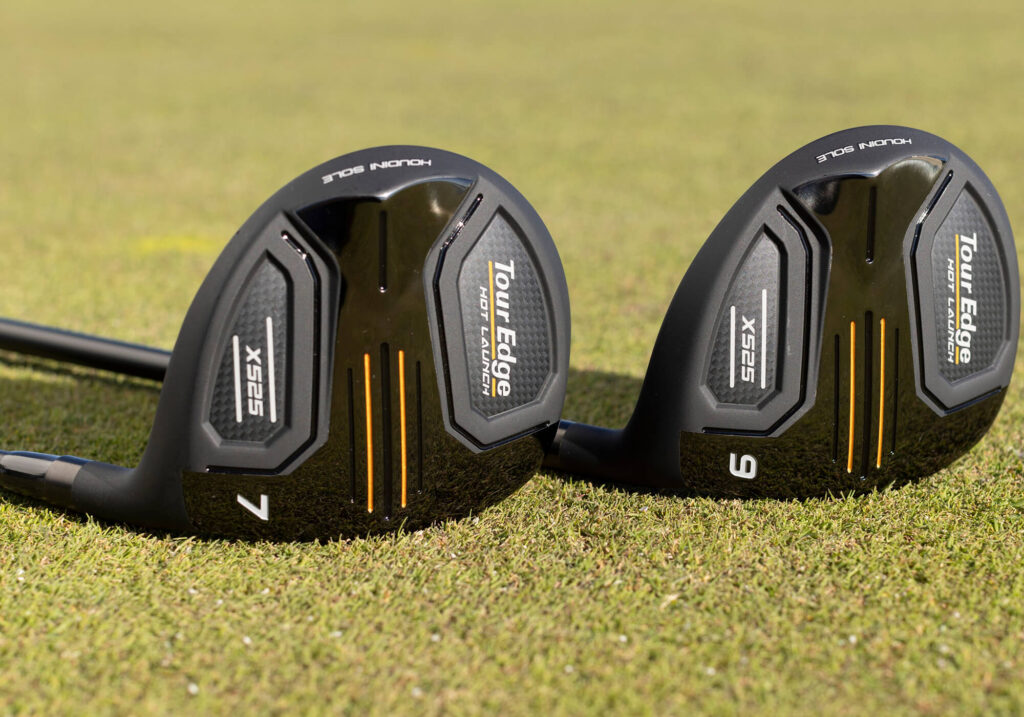The Unassuming Hero: Why You Should Consider a 9-Wood in Your Golf Bag
Let’s talk about a club that doesn’t get the love it deserves—the 9-wood. While some players ignore it and stick with their trusty 4-irons and hybrids, the 9-wood is quietly making a comeback and earning its place in the bags of golfers who are wise to its advantages. Yeah, it’s often labeled as a club for higher handicappers, but that perception is changing. With its ability to launch high, land softly, and cover impressive distances, the 9-wood is actually proving to be a game-changer for many. So, what’s the deal with the 9-wood? Let’s dig into everything you need to know.
What’s the Loft on a 9-Wood?
First off, we should talk stats—specifically, loft. Most 9-woods sit between 23 and 26 degrees. This makes it a bit more lofted than a standard 7-wood (which is usually around 21 degrees) and on par with many 4-hybrids. For average male golfers looking to hold greens from 180 to 200 yards, this higher loft can be a game saver. You know that satisfying feeling of watching the ball go high and land softly? The 9-wood gives you just that.
Average Distance: What to Expect
You might wonder how far a 9-wood can actually take you. Generally, it flies about 10 to 15 yards shorter than a 7-wood, but the exact distance can vary based on factors like swing speed and strike quality. For instance, if you’re a 15-handicapper, you can expect to hit around 160 yards. If you’re at a 25 handicap, you’ll probably see it covering about 150 yards. It’s worth noting that these numbers can fluctuate, so the best way to find your personal yardage is to take one to the range or use a launch monitor.
When’s the Best Time to Use a 9-Wood?
Now, let’s get to the meat of the matter: when do you pull out the 9-wood? Spoiler alert: it’s not just about bombing it down the fairway. The 9-wood shines in specific scenarios:
- Approach shots on par-4s where you want height and stopping power.
- Out of the rough or fairway bunkers, where a longer iron might dig in too much or not get airborne.
- Replacing that stubborn 4-iron or 4-hybrid that you just can’t seem to hit consistently.
- For easier shaping: many players find the 9-wood more forgiving than long irons when it comes to hitting straight or turning the ball over.
9-Wood vs. 7-Wood: What’s the Difference?
If you’re contemplating adding a 9-wood but don’t think you have the room, it’s time for some soul-searching. The 9-wood can be quite similar to a 7-wood, but it usually flies about 10-12 yards shorter while offering a higher launch and a softer landing. Plus, it’s generally easier to hit from the rough, which can be a big advantage on those tricky courses.
What Can a 9-Wood Replace in Your Bag?
Let’s face it, if you decide to add a 9-wood to your arsenal, you’ll need to make some space. Here are the clubs a 9-wood is most likely to replace:
- 4-Iron: This is the most common swap. The 9-wood is generally easier to launch and can land more softly on greens.
- 4-Hybrid: While both clubs are similar in loft, the launch characteristics differ. Some players simply enjoy the feel of a wood over a hybrid.
- 5-Iron: Perfect for those who favor the fairway wood feel and are looking for a bit more loft.
Who Should Consider Carrying a 9-Wood?
Wondering if a 9-wood should have a permanent home in your bag? You might want to take a cue from professional golfers like Tommy Fleetwood, who aren’t hesitant to include a 9-wood in their lineup. Seriously—if it’s good enough for them, what’s holding you back? A fitting can help you discover if a 9-wood fits your yardage needs and playing style.
You Should Consider a 9-Wood If:
- You struggle with consistency on long irons or hybrids.
- You need a higher ball flight for stubborn greens.
- You play on courses with hard conditions or a lot of trouble around the greens.
- You need something reliable from fairway bunkers or light rough.
Skip the 9-Wood If:
- You already have a 7-wood and a 5-hybrid that cover similar distances.
- You prefer lower ball flights and don’t need that extra height.
- You find long irons manageable and enjoy shot-shaping capabilities.
Who Makes Quality 9-Woods?
Not every manufacturer features a 9-wood, so if you’re in the market, here are some solid options for 2025:
- Callaway Elyte 9-Wood
- TaylorMade Qi35 9-Wood
- Tour Edge Hot Launch X525 9-Wood
Final Thoughts
In the grand game of golf, the 9-wood often gets overlooked, but it really has the potential to be a versatile and valuable part of your arsenal. Whether you’re using it to bridge gaps in your yardage or simply to make those daunting approach shots more manageable, the 9-wood can prove its worth in numerous situations.
So, if you haven’t given one a try yet, head to the range or a nearby shop and test one out. You might just find that this underdog club is exactly what you need for those tricky long shots. Who knows? The 9-wood might just become your new best friend on the course!


